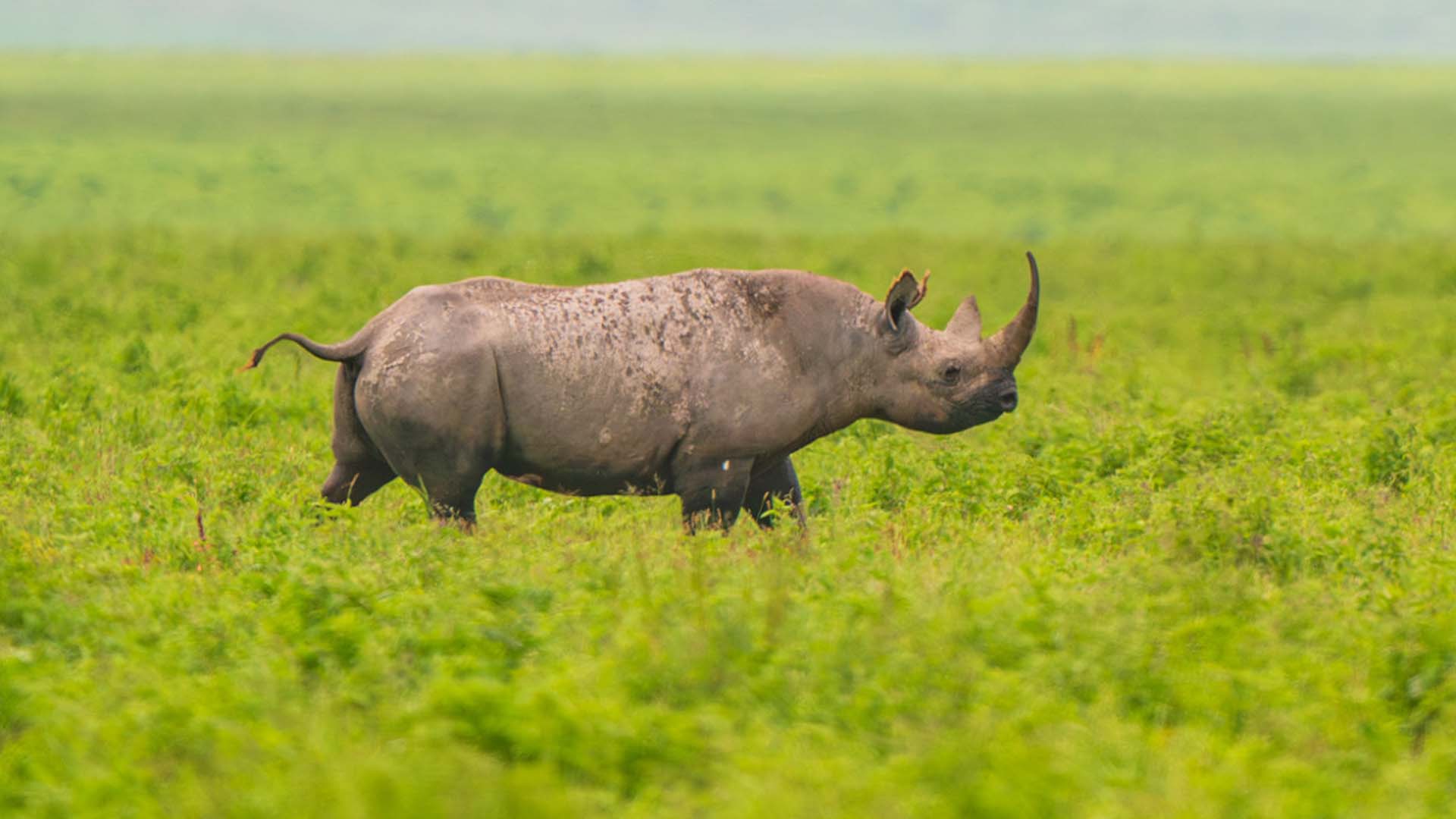Track wild chimpanzees in Gombe Stream National Park, Tanzania. Explore Jane Goodall’s legacy, forest hikes, and Lake Tanganyika’s beauty in this unique safari experience. Gombe Stream is a one-of-a-kind destination that brings you face
-
Arusha ,Tanzania
-
info@big7safaritours.cominfo@big7safaritours.com
-
+255 792 111 036+255 792 111 036
















